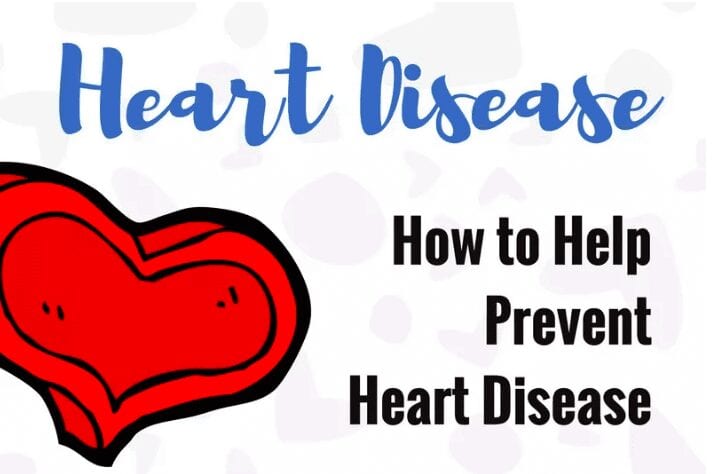What happens when the arteries responsible for transporting blood (including oxygen-rich blood) to the heart get blocked? The answer is nothing good—or coronary heart disease.
That scenario above might be considered coronary artery disease (a more precise name for coronary heart disease), or CAD, but it, ischemic heart disease (IHD) and many other conditions, are all part of coronary heart disease, which also includes myocardial infarctions (more commonly known as heart attacks) and agina.
Blocked pipes
Coronary heart disease is the result of a blockage, so let’s take a look at what might cause some of those blockages. Often cholesterol or plaque buildup is to blame. As they build up and harden inside the arteries in a process called atherosclerosis or arteriosclerosis, the blood has less and less room to fit through the artery. When it gets bad enough, major problems result, including a heart attack, stroke, or peripheral arterial disease, or PAD.
Even before it gets that bad, though, the reduced space leads to decreased blood flow—which means less oxygen getting to the heart muscle. This then causes chest pain, which is also called angina.
Angina
Angina comes in two forms, stable and unstable. Stable angina is regular in its occurrence and pain, whereas unstable angina is not. Unstable angina, unfortunately, may also be a sign of an impending heart attack, so if your angina is variable in pain, you especially need to get to medical attention.
In either case, though, this pain is caused by the hardening of plaque, which narrows the pathways for that blood to get to the heart. For obvious reasons, this makes your heart’s work much, much harder, and as such, angina can be a sign of serious cardiac issues, so if you suffer from angina, you should seek medical attention immediately.
If it doesn’t get better…
Then it only gets worse. When the narrowing isn’t addressed, plaque may continue to build up, putting the heart under even more strain. When the function of the heart is reduced enough, total heart failure may result. Even in less dire circumstances, arrhythmia (or an irregular heart beat) is a common result, as the heart struggles to function.
Additionally, the plaque build up will sometimes break under the pressure of the blood backed up behind it. When this happens, bits of plaque can rush along—only to cause a bigger traffic jam or blockage later. When this happens, it can often result in a total blockage, completely cutting off oxygen to that particular area of heart tissue. When this happens, you have a myocardial infarction—more commonly known as a heart attack.
DON’T MISS: A month before a heart attack, your body gives you a warning – These are the 6 signs!
But what causes it?
In short? A failure to take care of your cardiac health. High blood pressure, for instance, may be a signal that your body has reduced arterial capacity as a result of plaque build-up. Fortunately, there are things you can do to reduce your blood pressure. Unfortunately, very few people do them.
Symptoms
Symptoms of coronary heart disease may mimic those of a heart attack—in part because it can be a heart attack if left untreated.
The most common symptoms reported include shortness of breath (because your body can’t get enough oxygen), chest pain (which can also travel to the shoulder, arm, neck, jaw, or even back), sweating, upper abdominal distress (including nausea, heartburn, and indigestion), weakness, and even fatigue.
Risk factors and treatment
The risk factors are the same as for other cardiovascular disease; individuals with the following:
- High blood pressure, or hypertension
- With a history of smoking
- With a history of diabetes
- With a family history of heart issues
- With a lack of exercise
- With a poor diet
- Who are obese
- Who are stressed or depressed
- With a high or regular alcohol habit
- With a high resting heart rate
For most people, preventative treatment is going to consist of addressing those risk factors as best able, including modifying diet to one more heart healthy, exercising more, and finding ways to limit stress. For individuals who are already suffering from coronary heart disease, however, or who are at extreme risk, medications may be part of the prescribed treatment as well.
READ ALSO: 5 Ways to Prevent Heart Disease
Testing for CAD
Several tests can be helpful in identifying either the development of CAD or the likelihood of it developing the future. Among those tests are an electrocardiogram (EKG) or echocardiogram (ECG), stress tests (which can be done in conjunction with a stress EKG), and cardiac catheterization, in which a thin tube checks the blockage manually. Coronary angiograms are also a common tool, and make use of injected dyes to help blocked areas show up on a chest X-ray.




